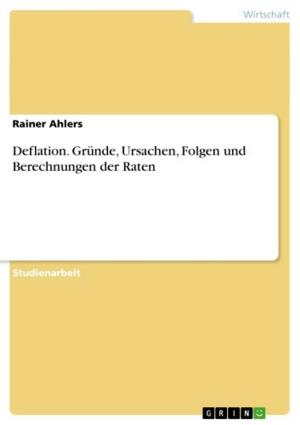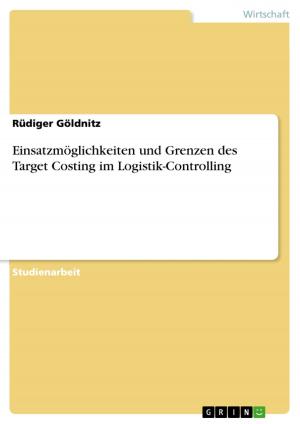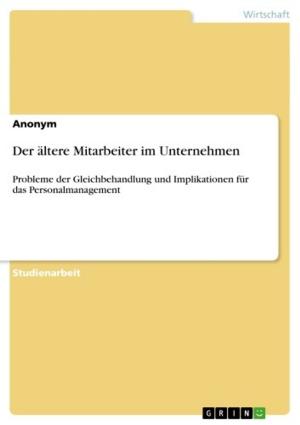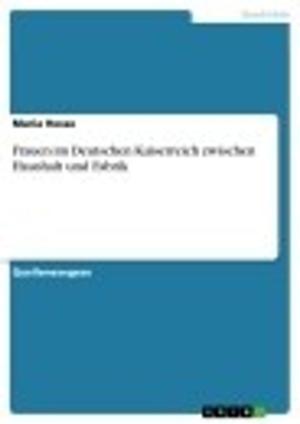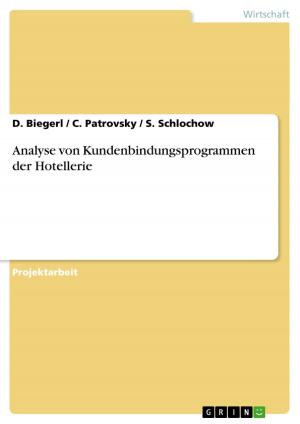Disasters create opportunities for active learning, why do they repeat?
Nonfiction, Social & Cultural Studies, Social Science, Methodology| Author: | Anonymous | ISBN: | 9783656907558 |
| Publisher: | GRIN Verlag | Publication: | February 25, 2015 |
| Imprint: | GRIN Verlag | Language: | English |
| Author: | Anonymous |
| ISBN: | 9783656907558 |
| Publisher: | GRIN Verlag |
| Publication: | February 25, 2015 |
| Imprint: | GRIN Verlag |
| Language: | English |
Essay from the year 2012 in the subject Sociology - Methodology and Methods, , language: English, abstract: Disasters have adversely affected humans since the dawn of their existence. If one looks at the past as a model for what may be expected in the future, it can be found that severe events, which wreaked havoc on human communities and inflicted high levels of mortality, were surprisingly frequent and widespread. Considering the recent past, the number of disasters increased threefold within the 1980's in comparison to the 1960's, and the economic loss increased by a factor of almost nine. From the 1980's to the 1990's the number of affected people rose from 147 million to 211 million a year. Recognizing the rise in number and effects of disasters, this essay discusses the potential for active learning that disasters create and the reasons why those repeat. This essay begins by defining the key terms 'disaster' and 'active learning'. To identify pathologies that affect the ways organizations learn from disasters, factors that determine the potential for active learning are then defined and discussed. These factors are integral parts of Toft and Reynolds's 'Steps to active foresight model' (2005: 67), which illustrates how they are interlinked. Toft and Reynolds's model is then used as a framework to study two separate nuclear power plant disasters. These high profile events, which negatively affected the nuclear industry, are examined to identify, whether the potential for active learning was realized after the first event, and if yes, why an event displaying similar features yet again occurred. The findings deriving from the case studies are then summarized and the essay question is answered and concluded with, why disasters repeat despite they create opportunities for active learning. Before any analysis or conclusions can be made and in order to establish a research framework, key terminology and concepts need to be examined, beginning with the key term 'disaster'.
Essay from the year 2012 in the subject Sociology - Methodology and Methods, , language: English, abstract: Disasters have adversely affected humans since the dawn of their existence. If one looks at the past as a model for what may be expected in the future, it can be found that severe events, which wreaked havoc on human communities and inflicted high levels of mortality, were surprisingly frequent and widespread. Considering the recent past, the number of disasters increased threefold within the 1980's in comparison to the 1960's, and the economic loss increased by a factor of almost nine. From the 1980's to the 1990's the number of affected people rose from 147 million to 211 million a year. Recognizing the rise in number and effects of disasters, this essay discusses the potential for active learning that disasters create and the reasons why those repeat. This essay begins by defining the key terms 'disaster' and 'active learning'. To identify pathologies that affect the ways organizations learn from disasters, factors that determine the potential for active learning are then defined and discussed. These factors are integral parts of Toft and Reynolds's 'Steps to active foresight model' (2005: 67), which illustrates how they are interlinked. Toft and Reynolds's model is then used as a framework to study two separate nuclear power plant disasters. These high profile events, which negatively affected the nuclear industry, are examined to identify, whether the potential for active learning was realized after the first event, and if yes, why an event displaying similar features yet again occurred. The findings deriving from the case studies are then summarized and the essay question is answered and concluded with, why disasters repeat despite they create opportunities for active learning. Before any analysis or conclusions can be made and in order to establish a research framework, key terminology and concepts need to be examined, beginning with the key term 'disaster'.

